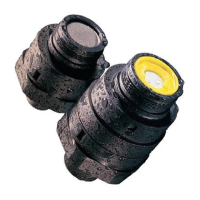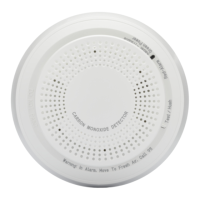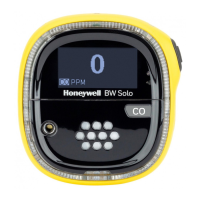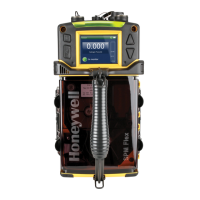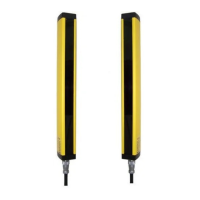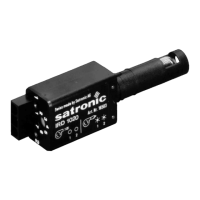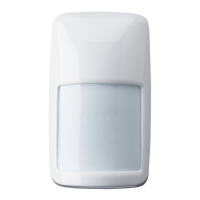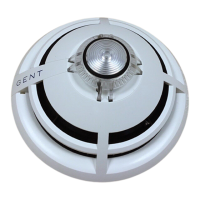Sensepoint XCD RFD Technical Manual SPXCDHMRFENU Issue 1
71
19 Cross Interference and Cross Calibration
19.1 Cross Calibration Flammable Gas Detector
For greater accuracy, a catalytic gas detector should be calibrated using a certied
gas/air mixture equal to 50% LEL of the actual target gas intended to be monitored.
However, it is not always practical to obtain every detectable type of hydrocarbon gas in a
calibration-ready, certied and veriable form. Therefore, it is possible to carry out a “cross
calibration” using another hydrocarbon gas/air mixture.
When the Sensepoint XCD Combustible LEL sensor is to be calibrated with a gas which is
different to the gas or vapour to be detected, the following cross calibration procedure may
be followed:
Notes:
1. Table 14 lists a selection of hydrocarbon compounds and states a reference gure or
“Star Rating” according to the reaction they produce in relation to other hydrocarbons.
2. An eight star (8*) gas produces the highest output, while a one star (1*) gas produces
the lowest output.
No. Gas 705 705HT
1 Acetone 2* 4*
2 Ammonia 8* 7*
3 Benzene 2* 3*
4 Butanone 2* 4*
5 Butane 3* 4*
6 Butyl acetate 1* 1*
7 Butyl acrylate 4* 2*
8 Cyclohexane 2* 3*
9 Cyclohexanone 1* 1*
10 Diethyl ether 2* 4*
11 Ethane 4* 6*
12 Ethanol 3* 5*
13 Ethyl acetate 1* 3*
14 Ethylene 4* 6*
15 Heptane 1* 3*
16 Hexane 1* 4*
17 Hydrogen 6* 6*
18 Methane 6* 7*
19 Methanol 4* 5*
20 MIBK 1* 2*
21 Octane 1* 3*
22 Pentane 2* 4*
Caution: Where the user calibrates any sensor using a different gas, responsibility for
identifying and recording calibration rests with the user. Refer to the local regulations where
appropriate.

